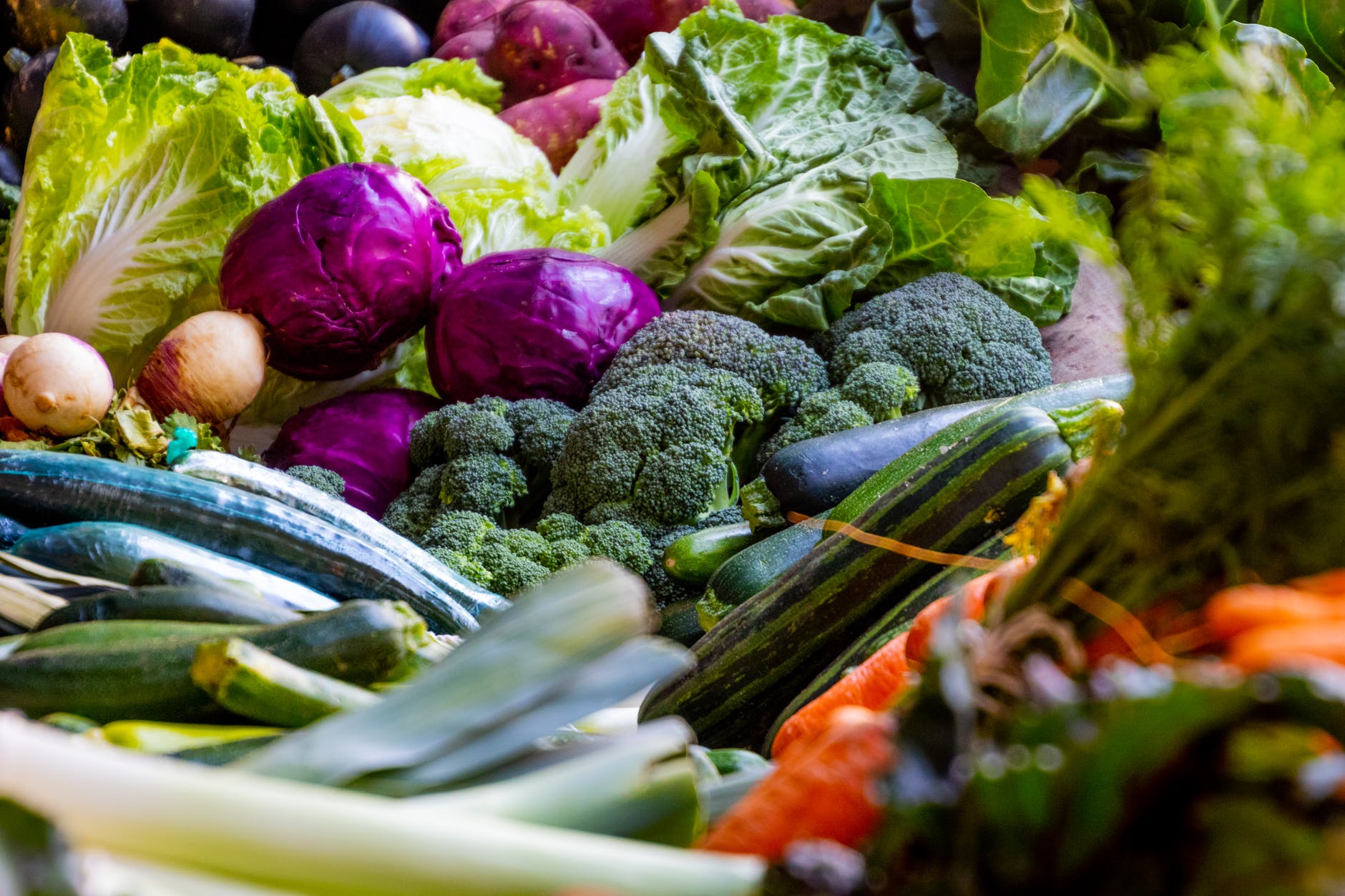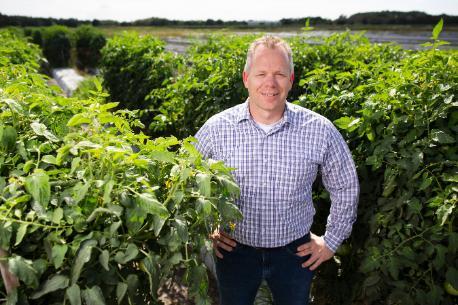By Ramdas Kanissery and Nathan Boyd
Cold temperatures throughout Florida has vegetable growers concerned about the impact the weather is having on herbicide effectiveness. Low temperatures slow weed growth and affect the weed’s herbicide uptake, leading to ineffective weed control. Less of the herbicide reaches the target, providing a less successful weed control outcome. However, herbicide performance in response to cold weather will vary depending on the type of product applied and the targeted weed species.

Effects on post-emergent herbicides

Pre-plant burndown utilizing post-emergent herbicides is common in vegetable farming to minimize early-season weed pressure. The optimum temperature for achieving success in most post-emergent herbicides is between 65 degrees Fahrenheit (F) and 85 F. Herbicides may also work if the temperatures are below this threshold, but weeds may be controlled at a slower pace. When the temperature is below 40 F, absorption and translocation of systemic herbicides (e.g., glyphosate, halosulfuron etc.) are severely hindered. Consequently, these herbicides will take an extended period to kill the target weeds. Applications of products containing specific grass killers like sethoxydim and clethodim are less effective in the cold.
Growers should consider adding an approved spray adjuvant to reduce the adverse effects of cold weather on herbicide uptake. For instance, using a non-ionic surfactant (NIS) at 0.25% to 0.5%v/v with post-emergent herbicides like glyphosate, halosulfuron, carfentrazone etc., is helpful. Additionally, scouting the farm a couple of weeks after application will help determine if the weeds effectively absorbed the herbicide sprays. Plan to apply a second round a few weeks after the first application to obtain the best results if the weeds survive.
Pre-emergent herbicide programs
Residual herbicides are not impacted by low temperatures unless there is a lack of soil moisture. Cold weather may even help certain pre-emergent herbicide programs. Herbicide longevity can potentially be increased in the soil as its degradation by microorganisms slows down during colder temperatures. This allows the herbicide to stay in the weed germination zone longer.
Crop-safety concerns

Associate Professor of Horticultural Sciences at the GCREC
Another concern is the potential for enhanced herbicide injury on crops during cold periods. When exposed to herbicides, crops under stress from the cold weather are less efficient at metabolizing and detoxifying the herbicides. This leads to more susceptibility to injury. The possibility of such crop damage increases with high soil moisture content since the crops can absorb more herbicides in moist soils. This effect can be seen with both pre- and post-emergence herbicides. Crop damage could occur if cold weather persists after crop transplant, even if pre-emergence herbicides were applied during warm periods. For post-emergence applications, applicators need to take the steps necessary to minimize herbicide drift onto the crop.
Final thoughts
It may be worth delaying the post-emergent herbicides when temperatures are below 60 F. Also, keep in mind that weeds are not growing at these low temperatures. Pre-emergent herbicides can be applied if the label allows it. However, strictly adhere to the product label for the number of days required before crop-planting, and do not count the days that have recorded very low temperatures, for example, below 50 F.
Ramdas Kanissery is an assistant professor, Horticultural Sciences, at the UF/IFAS Southwest Florida Research & Education Center.

Nathan Boyd is an associate center director and professor, Horticultural Sciences, at the UF/IFAS Gulf Coast Research & Education Center.










